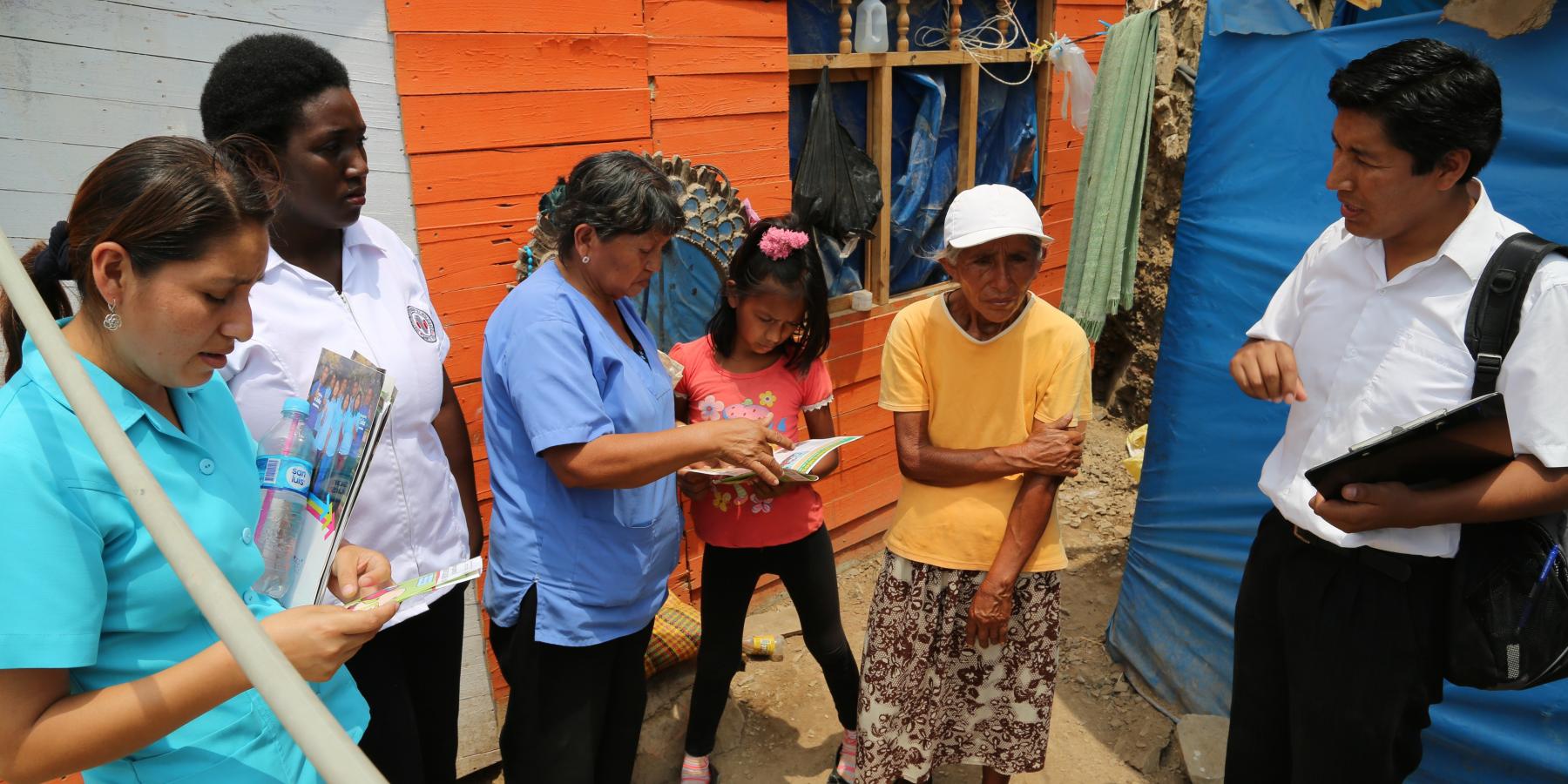
The financial burden of NCDs
The human toll of NCDs is unacceptable, inequitable, and increasing. There are 41 million deaths from NCDs each year, and this number is expected to rise to 52 million by 2030. Three-quarters of these deaths, and 85 percent of NCD ‘premature’ deaths between the ages of 30 and 70, occur in low- and middle-income countries (LMICs). Up to 80% of these diseases can be prevented or delayed into old age through actions that are affordable for every country.
Despite this, financing for NCDs has stagnated at 1-2% of development assistance for health for two decades. That’s simply inconsequential when compared to handouts for fossils fuels and agriculture, which climb to 1.8 trillion dollars annually. NCD investment by national governments is severely lacking as well, and data on NCDs in many countries is patchy and insufficient making it difficult to develop an NCD investment case or strategy.
There is a strong and urgent imperative for investment in NCDs. The unequitable human toll of NCDs is reason enough for urgent action, but the economic impacts underscore that the world cannot afford to neglect NCDs any longer. The cost of inaction on NCDs is far greater than the investment required.
NCDs drain the global economy, pose a powerful threat to human capital, and perpetuate poverty in households and communities
This cost of NCDs in terms of lives and livelihoods lost is coupled with a staggering economic impact, both as a result of healthcare expenditure as well as the negative impact on human capital and productivity. In total the five leading NCDs – cardiovascular disease (CVD), chronic respiratory disease, cancer, diabetes and mental health conditions – have been estimated to cost US$ 47 trillion between 2010-2030, an average of more than US$ 2 trillion per year.
Economies are being depleted by the direct and indirect costs of NCDs. NCDs reduce productivity and human capital, while increasing healthcare costs from serious illness, disability and death. NCDs are both a cause and a consequence of poverty, destroying the economies of millions of families each year. Out-of-pocket payments for health expenses push an estimated 100 million people worldwide into extreme poverty every year.
COVID 19 and its containment measures have exacerbated these inequities and created new vulnerabilities. Worldwide, poor communities have become poorer, and the NCD burden has been aggravated due to missed diagnoses and treatment.
NCDs are a human rights issue
NCDs represent far more than a health issue – they are a major human rights and equity issue, as they disproportionately burden the poorest and most vulnerable populations with disease, disability and death. We have seen this pattern before, for instance with HIV/AIDS. As with other health challenges, is it essential to work with communities to ensure that marginalised and poorer people living with NCDs are not left behind.
Despite their convincing investment case and destructive long-term impact on people and economies, NCDs are the most underfunded global health issue relative to the billions of people impacted. There is a fundamental mismatch between the healthcare needs and rights of people living with NCDs, particularly in LMICs, and the resources allocated to respond. Bridging the investment gap for people living with NCDs offers the world’s greatest potential to save and improve lives by 2030: most of the 15 million annual NCD deaths in LMICs of people between 30-70 years can be prevented or delayed.
Every UN Member State committed to the SDGs in 2015, pledging to deliver health and wellbeing for all, achieve universal health coverage, and build a more prosperous, equitable and sustainable world. NCDs are also integrated throughout the SDGs, and have their own target, 3.4, to reduce premature mortality from NCDs by one third by 2030. Scaling up and accelerating action on NCDs should be seen as the fulfilment of a promise by governments. While some countries are taking bold action, others are yet to follow suit.
Action and investment on NCDs: a prerequisite for resilience, pandemic preparedness and health security
It has become clear through COVID-19 that infectious and noncommunicable diseases are two sides of the same coin. Failure to act on NCDs and their risk factors has been shown to put populations, health systems and the economy at increased risk of major impacts from epidemics such as SARS and MERS, as well as COVID-19. The lack of investment in NCD prevention and care over the years has amplified the toll of the COVID-19 pandemic.
To further illustrate this point, 1.7 billion people, equivalent to 22% of the global population, live with at least one underlying condition (mainly NCDs) that puts them at increased risk of severe COVID-19, and 60-90% of COVID-19 deaths have been of people living with one or more NCD, most often hypertension, cardiovascular disease, diabetes, chronic kidney disease or obesity.
Countries with healthier populations, where people living with NCDs have timely access to diagnosis and care to manage their conditions, will increase their resilience to future health threats, reduce health costs of severe disease and hospitalisations, and mitigate productivity losses. Integrated health systems are stronger and more resilient, but in the case of vertical approaches that target specific infectious diseases, like HIV/AIDS, tuberculosis, or malaria, there are possibilities for synergies with NCD prevention and care.
As such, NCD investment must be an integral part of national pandemic preparedness and response plans, and a priority for international preparedness instruments and funds. Inaction and underinvestment in NCDs will not only cost lives and economies, but it will also threaten health security and preparedness of countries to respond to future pandemics and health threats. This is a major lesson from COVID-19.
Governments can reap substantial economic rewards by taking bold action on NCDs
The human rights case for equitable health investment is clear. So is the economic one. For every dollar invested in the cost-effective interventions – known as the WHO Best Buys – for noncommunicable disease prevention and care in poorer countries, there will be a return to society of at least $7 in increased employment, productivity and longer life. The WHO Best Buys are affordable for every country (costing on average an additional US$0.84 per year, per person in LICs and LMICs), with a return on investment of up to nearly 12:1 for certain interventions, namely healthy diets. Other interventions also make a strong case - for every dollar invested in reducing tobacco use, there is an estimated return of over US$7; for alcohol, US$8.30.
Furthermore, a 2022 Lancet health policy paper shows that all countries – including LMICs – can achieve or nearly achieve the SDG target 3.4 by implementing a package of interventions that are aligned with the WHO Best Buys. This would require, on average, an additional US$18 billion annually over 2023–30. This investment could save 39 million lives and generate an average net economic benefit of $2.7 trillion… a 19:1 return on investment.
A powerful fiscal policy that governments have at their fingertips is raising taxes on sugar-sweetened beverages, tobacco and alcohol (referred to as STAX). The sheer number of countries that have implemented taxes is testament to their effectiveness, increasingly making taxes the norm rather than the exception.
The bottom line is that governments can reap substantial economic rewards, in both the short- and long-run, by taking bold action on NCDs and thus ensuring the fiscal sustainability of their health systems. This requires a view of health as an investment not a cost, and one that requires long-term thinking.

